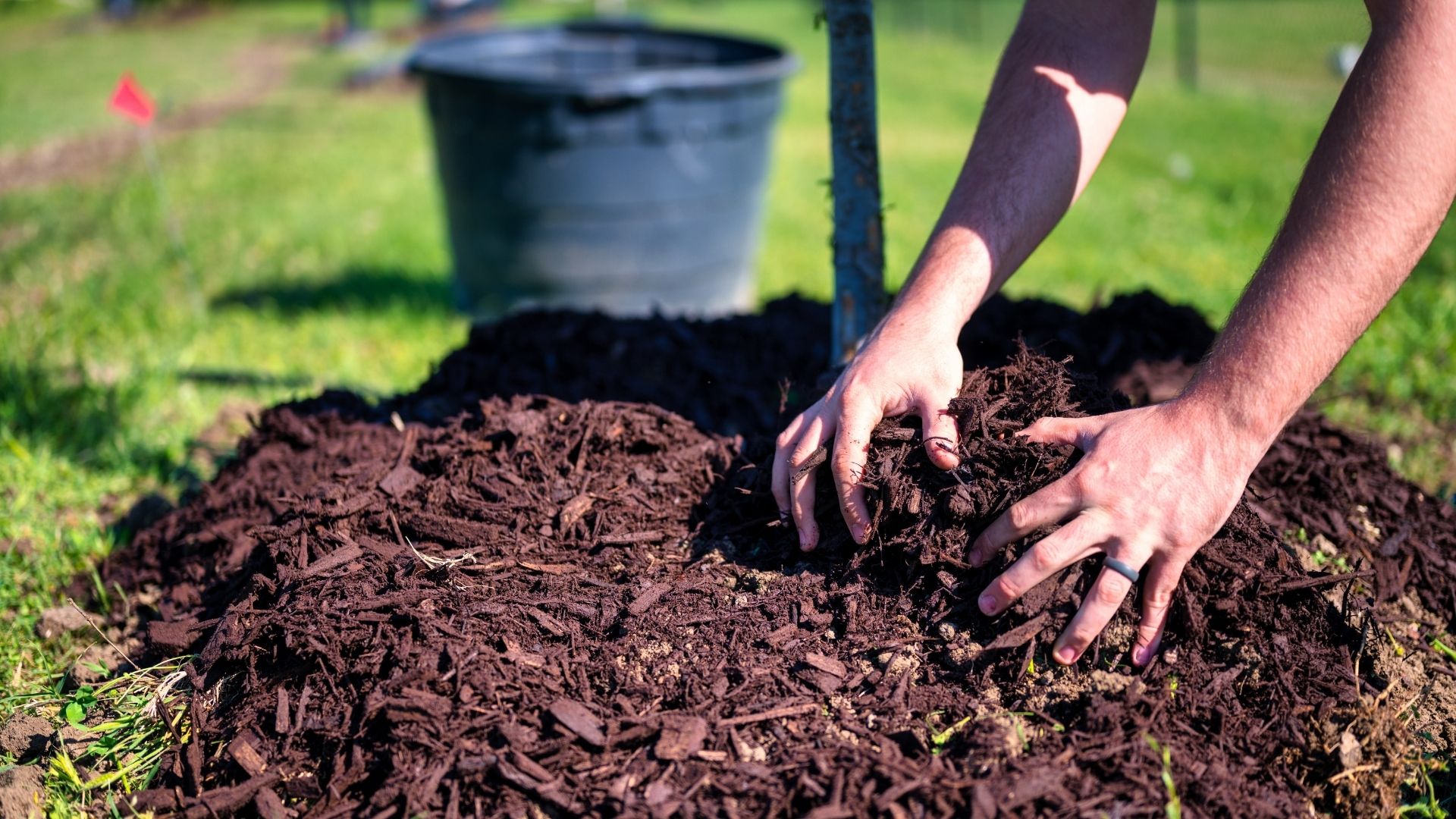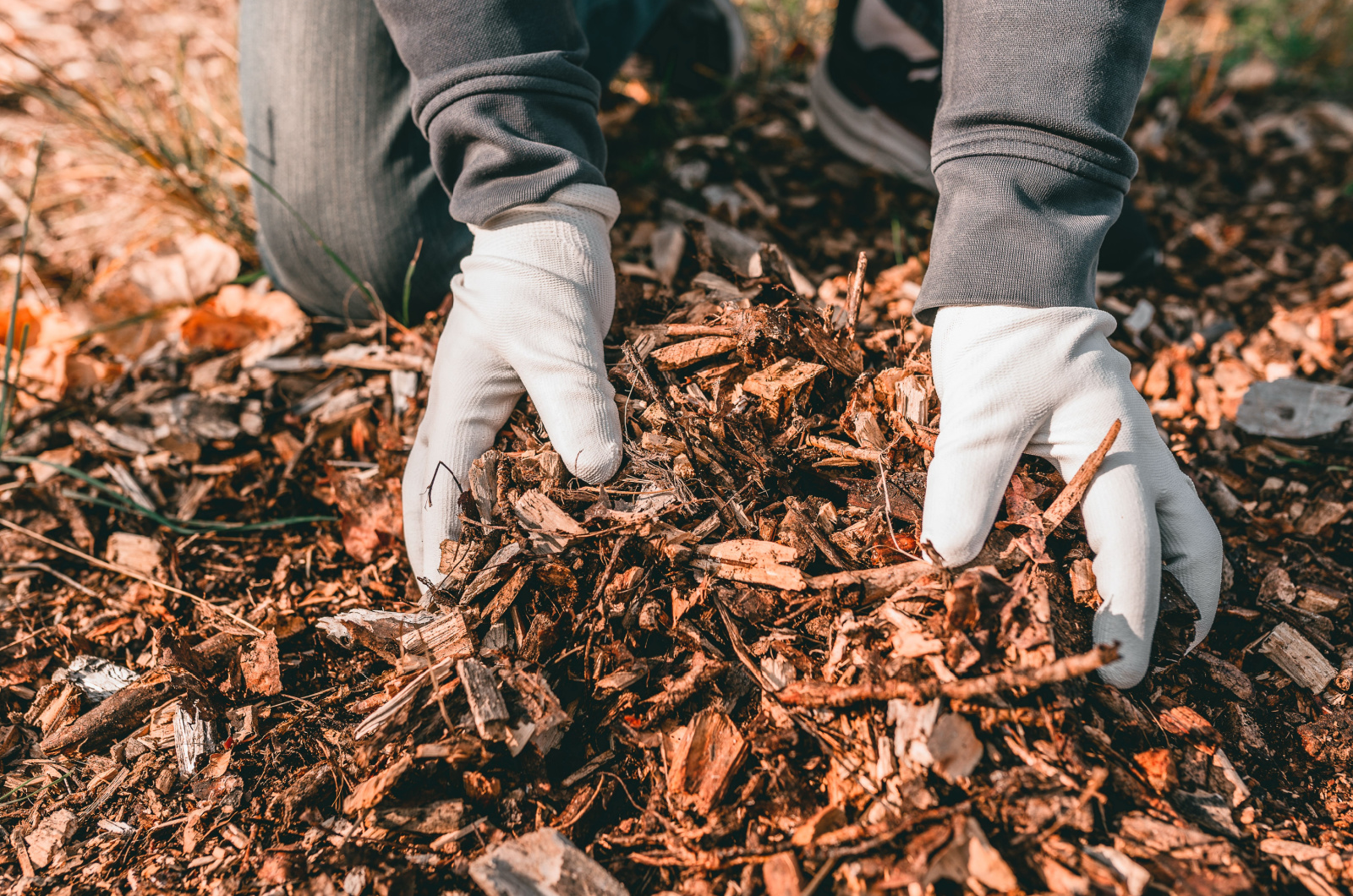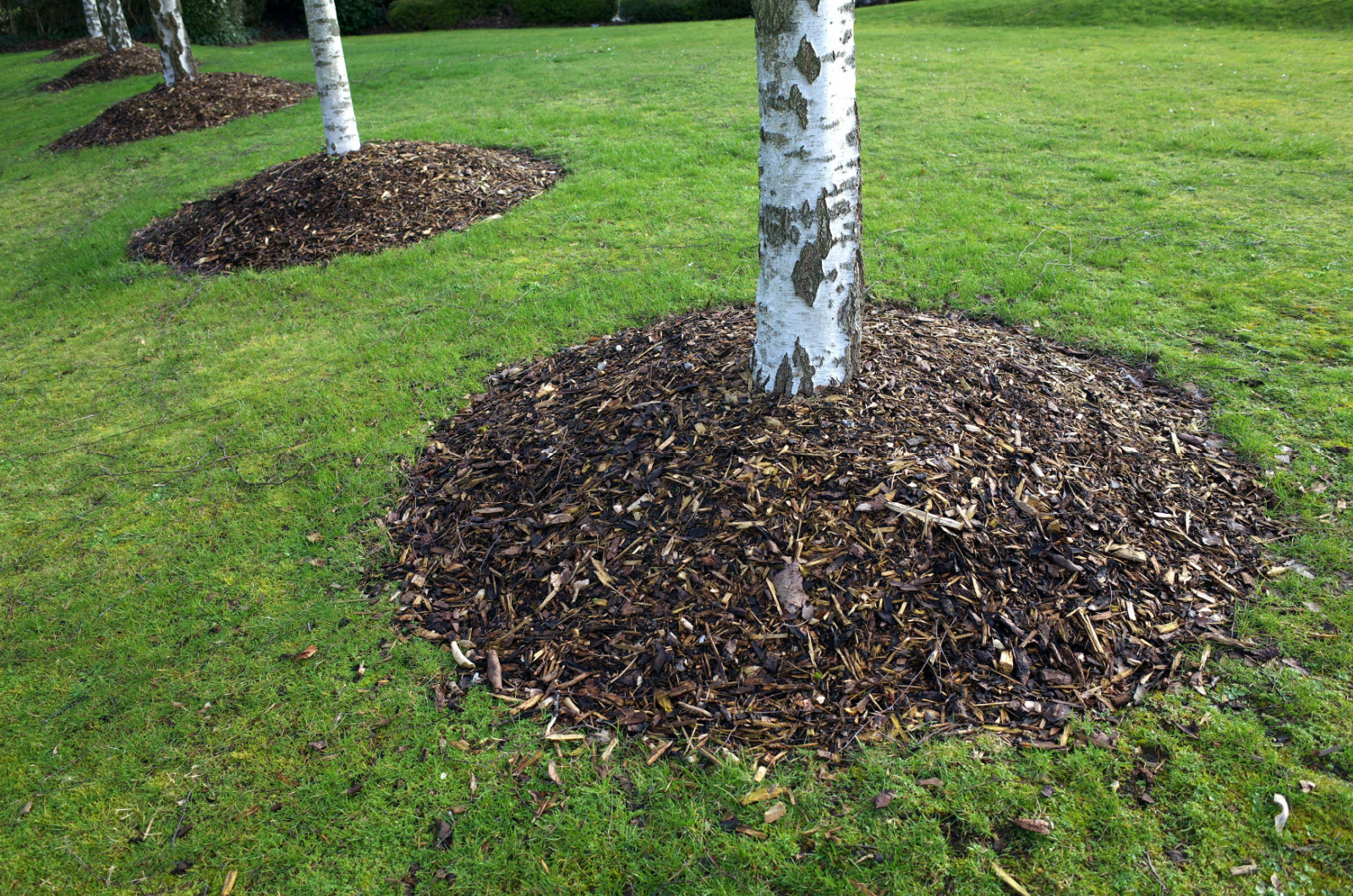Having a small orchard or just a couple of fruit trees of your own is a great pleasure, especially when the harvesting time arrives.
But have you ever noticed that your lemon or apple trees have numerous buds in spring and once they open, flowers just seem to drop?
Or the taste of your fruits is below average?
One reason could be roots left to their own devices to shield themselves from the ever changing weather conditions.
Here’s how you can get ahead of this problem and forget about lifeless fruit trees!
Let’s get started!
Forgetting To Mulch
Mulching your trees is crucial if you want them to thrive. Just look at forests. Their beds are filled with fallen leaves, dried twigs and branches, and other plant debris.
This layer protects the trees’ roots from constantly changing temperatures and slows down the evaporation of moisture, preventing the roots from drying out more quickly.
Constant precipitation and irrigation can even take away the top portion of the soil and expose the tree roots to the elements.
Natural mulch prevents all these issues, acting as a layer that insulates the soil, keeps some moisture in it, and prevents soil erosion caused by watering and rain.
Mulch also presents a perfect breeding ground for beneficial organisms such as earthworms and microbes, which break it down and enrich the soil with nutrients.
Therefore, mulching can improve soil structure and fertility, prevent compaction, insulate the roots, and even prevent weed growth, all of which is immensely important for the healthy development of trees. (1)
With this one simple garden chore, you prevent your trees from drying out, give them necessary nutrients, and reduce the risk of pests and diseases, preventing dropping flowers and bad taste.
How To Mulch Fruit Trees
You don’t have to go overboard with mulch; it can be something as simple as fallen dry leaves, inedible fruits, and trimmings.
But you can always add some compost, discover how to make and harvest leaf mold, use shredding paper, etc.
Of course, you can always go with commercial options such as wood chips, pine needles, bark, gravel, and landscape fabric.
Finally, you can use cover crops and green manure to mulch your plants the more natural way. And once you cut them down, they’ll start decomposing and feed your soil with nutrients as well as insulate it, suppress weeds, and allow it to retain more moisture.
Whatever you use, just remember that using too much mulch is a bad idea because it can keep the substrate moist for too long or it can prevent air and water from getting to the roots.
Instead, apply 2-3 inches of mulch and always leave a couple of inches around the tree trunk free from it because mulch can cause it to rot due to excessive moisture and lack of oxygen.
Mulch your trees in fall and winter (after pruning) and replenish it every year.
References:
1. Jackson, D. R. (2018). Mulching Landscape Trees. PennState Extension.



